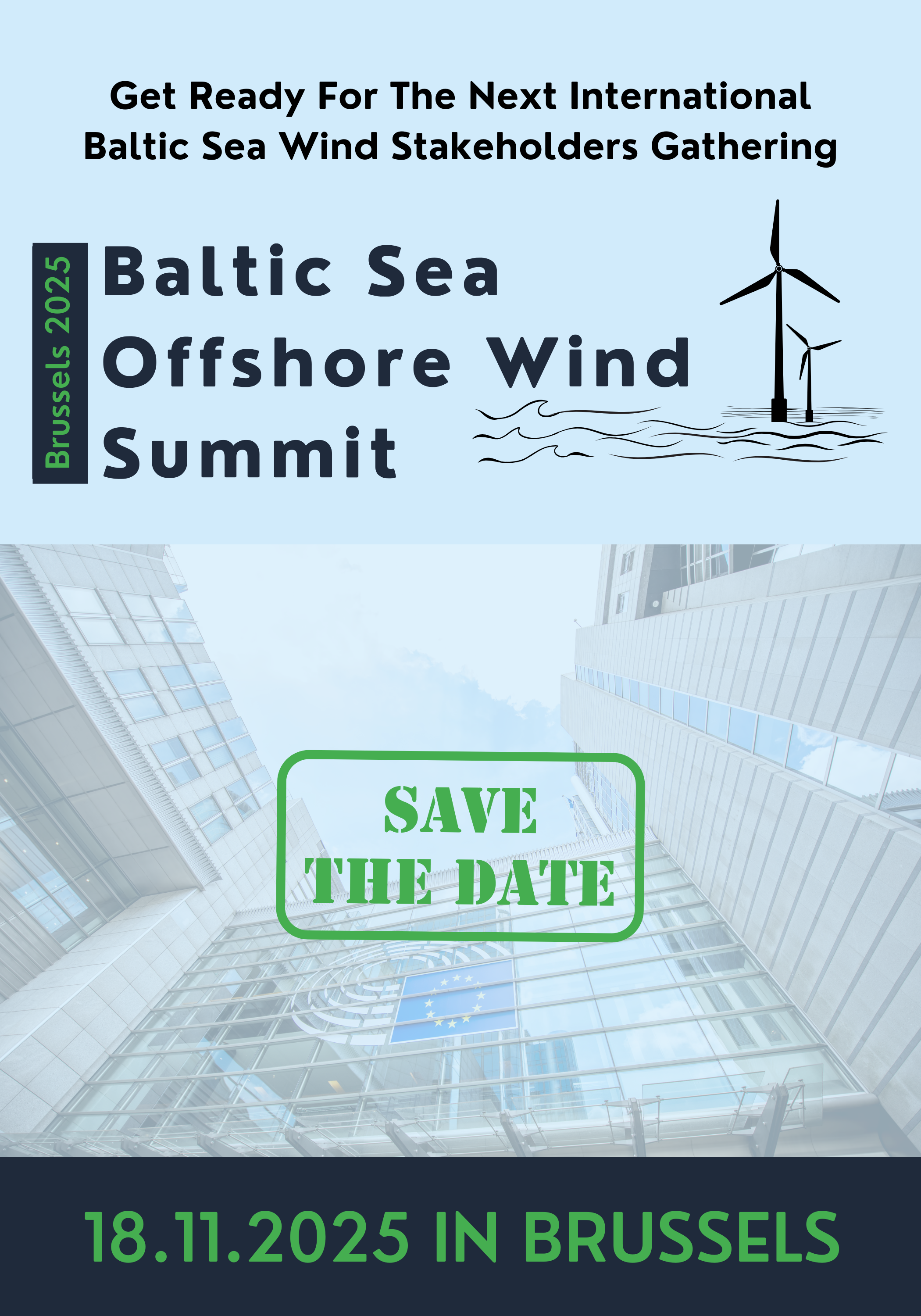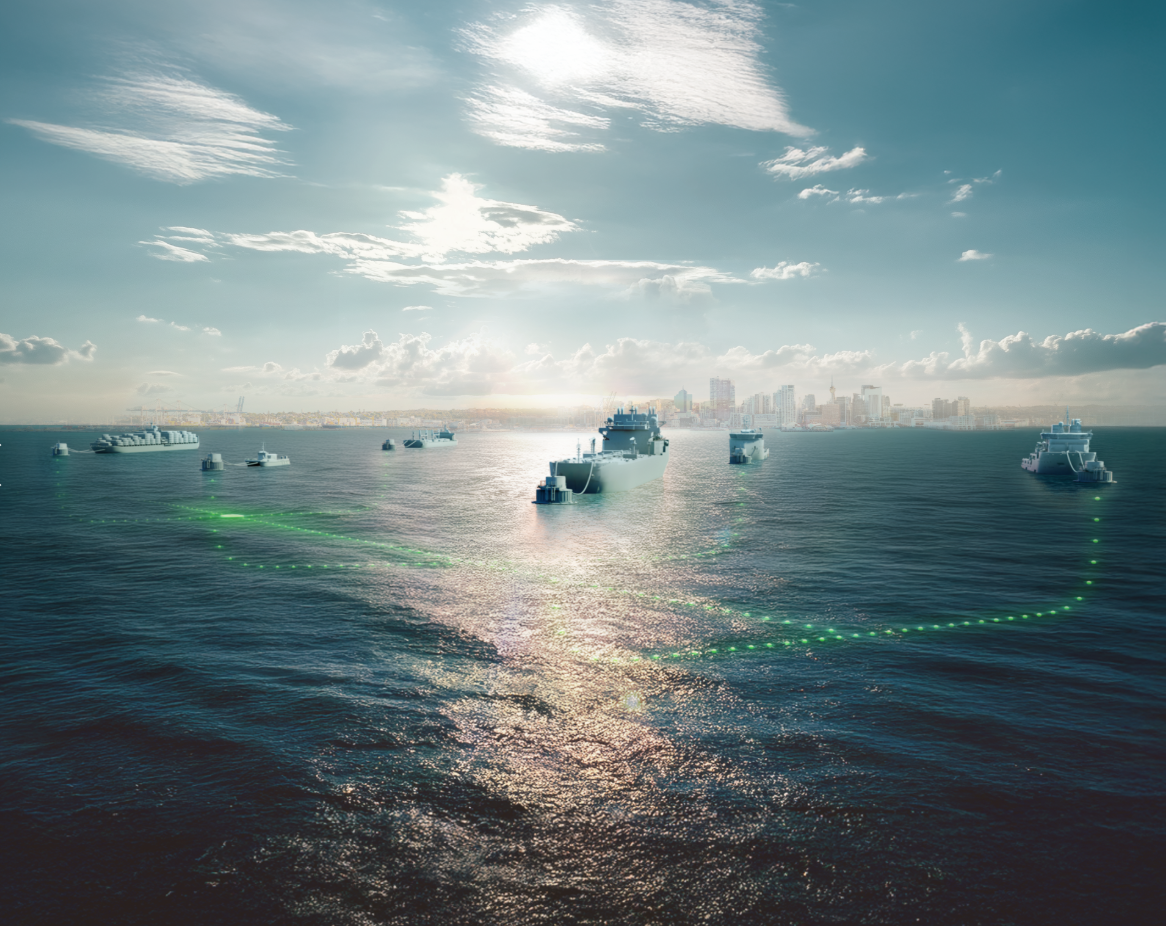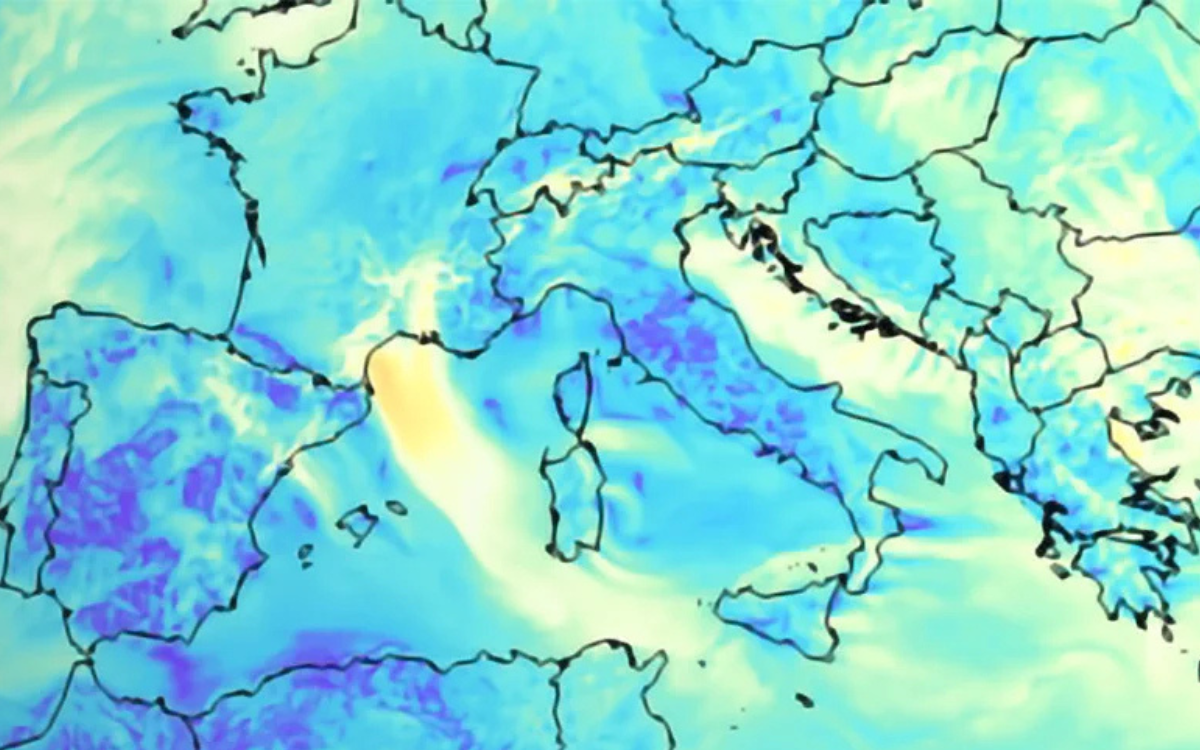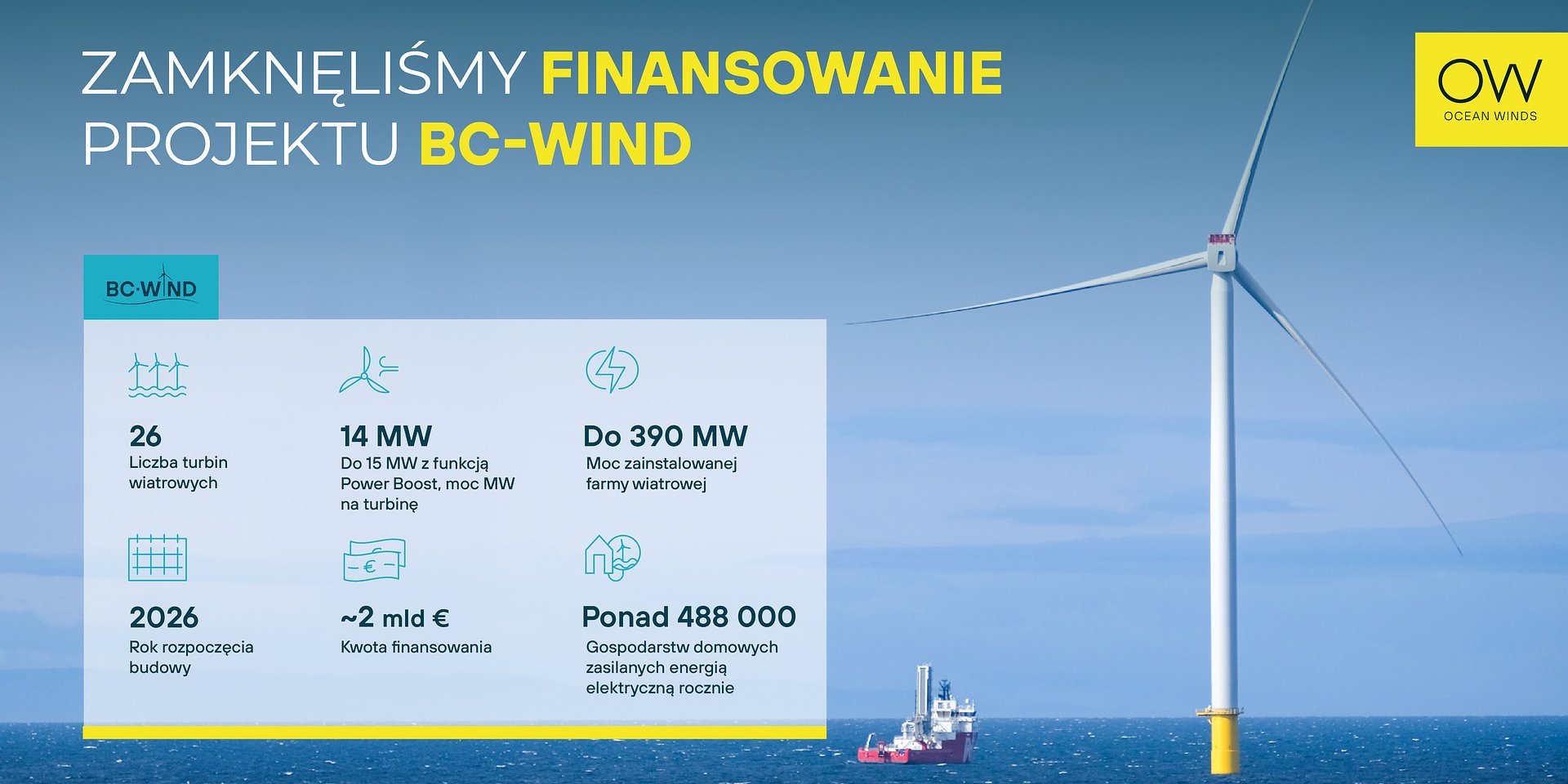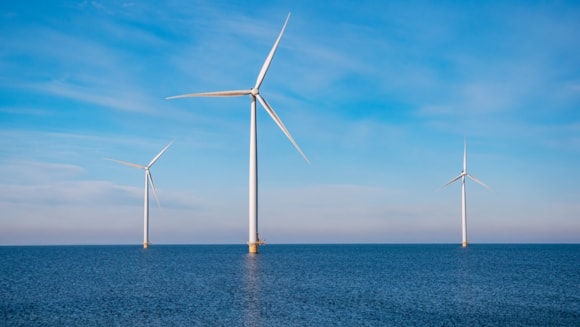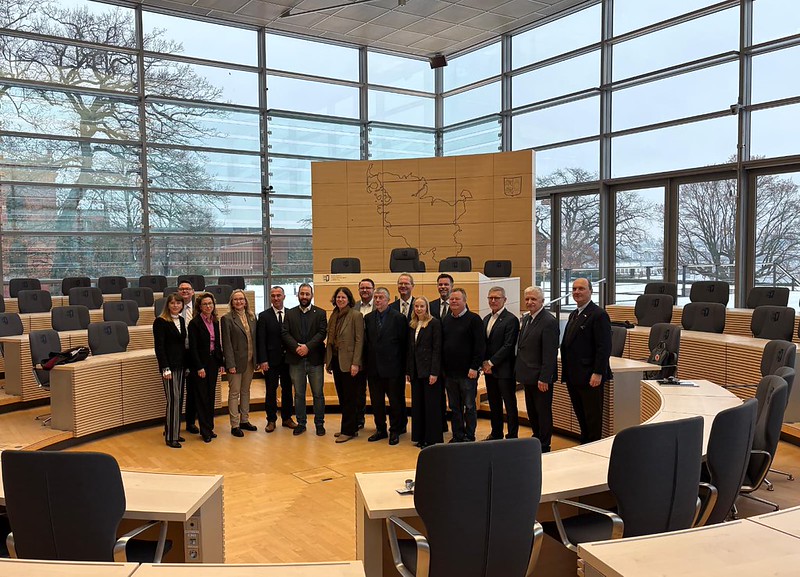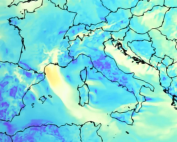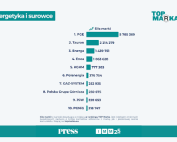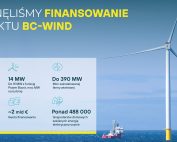In recent months, there has been heated discussion in the media and even in newspaper headlines, suggesting that “the myth of cheap offshore wind turbines has been debunked.” These sensational statements have injected a dose of uncertainty into the debate on offshore wind energy. Bartosz Fedurek, CEO of PGE Baltica, responded decisively to this media hype by publishing a post on his LinkedIn profile that, instead of headlines, provides facts, hard figures, and a strategic perspective on the development of this key technology.
Offshore wind is not cheap, but it is becoming cheaper
Bartosz Fedurek emphasizes that when Poland included offshore wind in its energy policy in 2021, it was clear that this technology was more expensive than onshore wind, as confirmed by data. In 2021, according to IRENA (International Renewable Energy Agency), the average cost of energy production (LCOE) for offshore wind energy was around USD 75/MWh, while for onshore it was around USD 35/MWh.
The CEO of PGE Baltica points out that between 2010 and 2022, offshore costs fell by nearly 60%. He notes that the first European pioneers in this field implemented projects at a level of up to EUR 200/MWh. Poland, waiting for the technology to develop, started implementing its projects at significantly lower costs, which amount to approximately PLN 445.25/MWh.
Key factor: power transmission to land
One of the key aspects that significantly affects the higher CAPEX (capital expenditure) of Polish projects is that the investor is responsible for building the infrastructure to transmit power to land. This is a significant difference compared to many other European countries, such as Denmark, Belgium, Germany, France, and the Netherlands, where this task rests with the transmission system operator (TSO). Fedurek estimates that this responsibility increases the costs of Polish projects by approximately 30%.
Macroeconomics and the technology crisis
The last 2-3 years have brought a lot of turmoil to the energy market, including inflation, high interest rates, and the consequences of the war in Ukraine. Bartosz Fedurek emphasizes that these factors are elements of macroeconomics and do not indicate a crisis in the technology itself. The largest companies with the largest project portfolios were the most exposed to these risks.
Poland on the path to success
Despite difficult market conditions, Poland has successfully brought the first wave of projects to the implementation phase, which is a huge success for investors and a valuable lesson for the future. In the context of the upcoming second phase of the auction, investors are optimizing their projects to offer the lowest possible strike price, with the aim of providing the cheapest possible energy.
The strategic role of offshore wind energy
At the end of his analysis, Fedurek reminds us that offshore wind was never intended to be the cheapest source of energy. Its strategic value stems from other benefits. This technology promotes industrial development, creates new jobs, ensures a stable generation profile among renewable energy sources (which minimizes the need for backup from conventional sources), and significantly reduces dependence on hydrocarbons.
Bartosz Fedurek expressed his personal conviction that, despite the current challenges, the offshore wind industry will use the experience it has gained, strengthen its foundations—including through the development of local supply chains—and return to a path of further cost reduction and stable growth.
Source: LI


